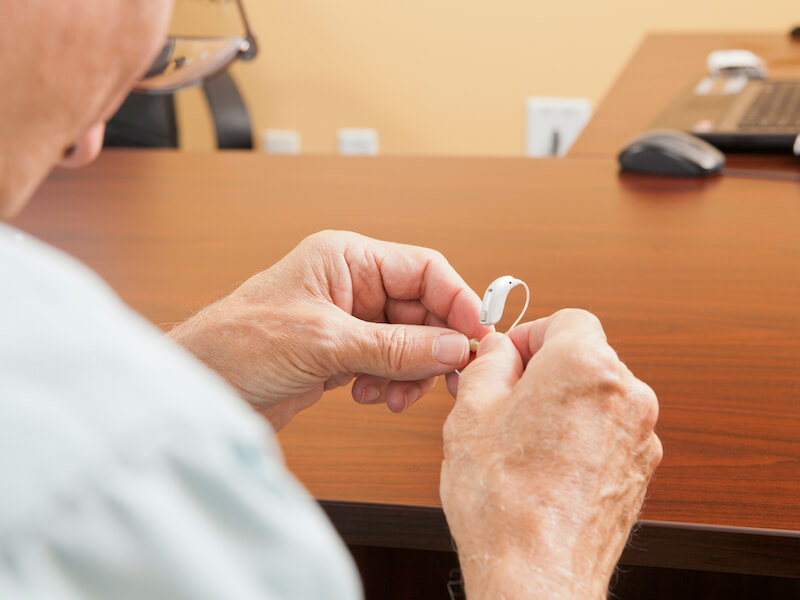
You go out of your way to ensure your hearing aids are well cared for. When you go to bed, you always put them comfortably on the charger and you clean them daily.
Suddenly and distressingly, your hearing aids are no longer working the way they once did. There are several things you can do to diagnose the issue, luckily. Just remember: your number one job is to avoid damaging your hearing aid further (or you may have to replace them).
Troubleshooting your hearing aid
You kept the owner’s manual that came with your shiny new hearing aids, right? You’ll want to take it out so you can use it for troubleshooting and, possibly, maintenance. Following your owner’s manual is important because every model of hearing aid is different.
Here are some things you can check on most models:
- Check for noticeable damage: Do you notice any visible cracks or loose components around the shell of your hearing aid? Cracks, obviously, could suggest more significant damage (or allow in moisture).
- Wax accumulation: Perform a visual inspection of your hearing aid to ensure that there’s no wax buildup interfering with standard operation. Even if you carry out regular cleaning, sometimes wax can build up quickly, so it’s worth ticking this off your list.
- Keep your microphone clear: Check your hearing aid to find out if anything is blocking the microphone. Your hearing aid may feedback or simply fail to work if the microphone is blocked.
- Check your battery: You’ll still want to assess the battery power even if you had your hearing aids on the charger at night. It may be a good plan to check if you might need new batteries or if the old ones are correctly inserted, particularly if your batteries are replaceable.
Once again you can discover how to address each of these concerns by referring to your owner’s manual. In some cases, you may be able to perform maintenance yourself.
How will I know when my hearing aid requires repair?
If your hearing aid keeps malfunctioning after you’ve performed basic upkeep and troubleshooting, it’s likely that your hearing aid will need to be professionally repaired. That may not always sound appealing, after all, you rely on your hearing aid for daily communication (along with dinners with your family, staying up to date with your favorite Netflix series, and so on).
You won’t necessarily be without your hearing aid for extended periods of time just because it needs to be serviced. Sometimes, we can fix it in office and you can take it with you when you leave.
Or, depending on the level of the damage, you could have your hearing aids back in a few hours.
There are still some instances where such rapid repair is not possible. And in those cases, you may find yourself in need of a backup set of hearing aids. Perhaps you have an old pair that will do temporarily in a pinch. Or maybe we have a loaner pair you can borrow.
Don’t wait to get help with your hearing aids
If the audio quality is beginning to falter, it’s essential to get your hearing aids checked and repaired.
You’ll want to avoid any downtime. Neglected hearing loss can affect your general health, including your mental health. And it becomes all too easy to leave your hearing aids laying in a drawer somewhere while your hearing continues to deteriorate.
The optimum way to keep your hearing healthy is to keep those hearing aids working. Keeping them charged, clean, and when needed, professionally repaired is the best way to do that.
